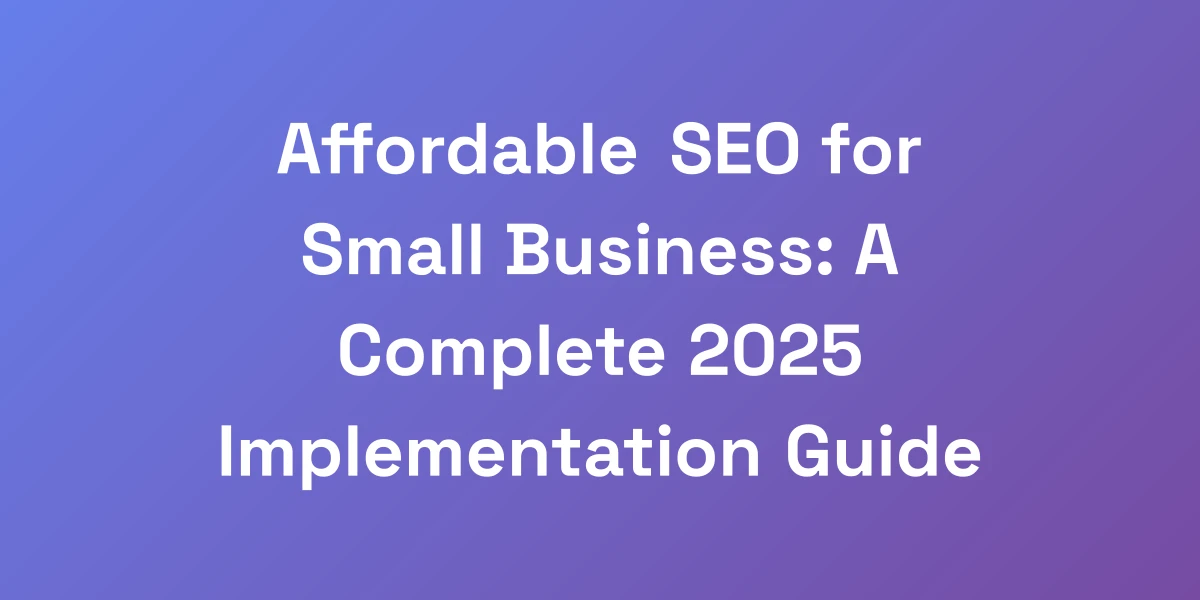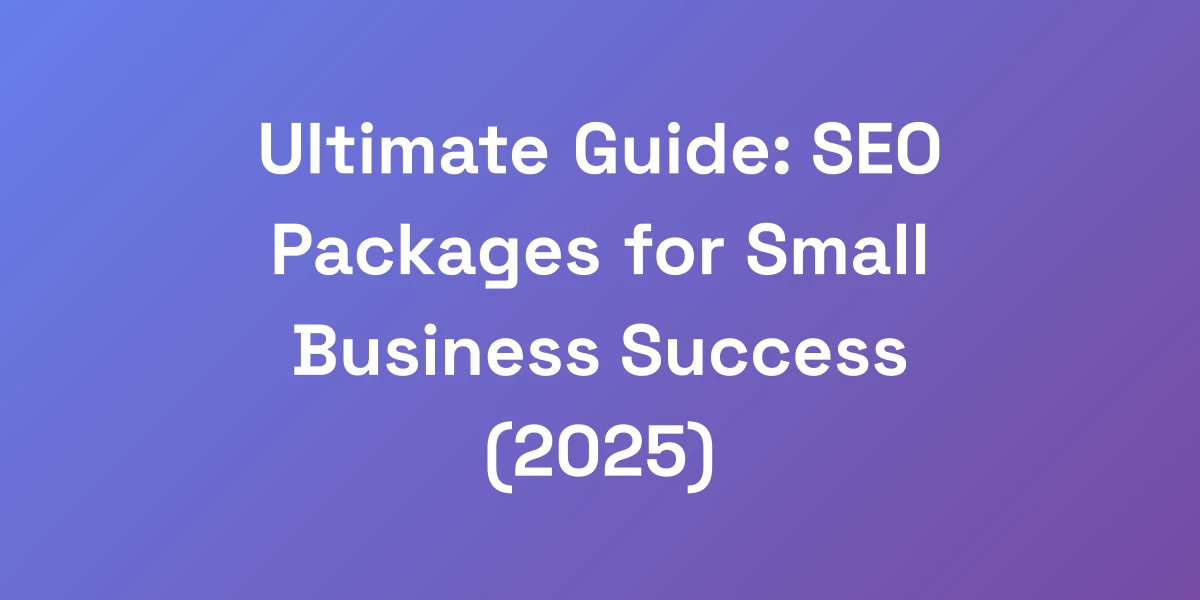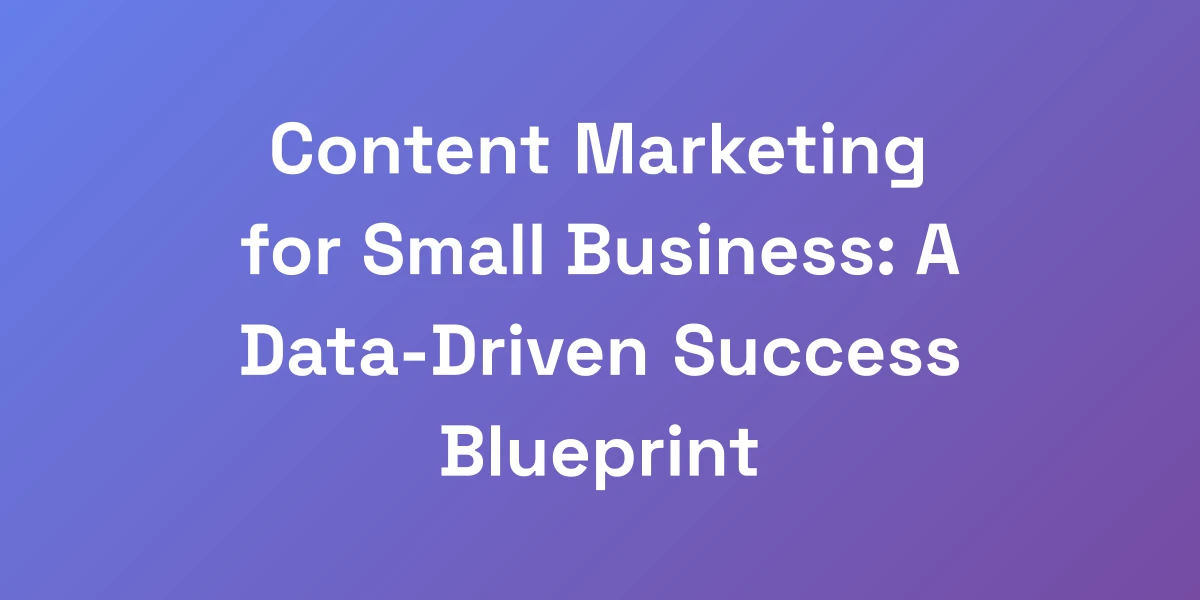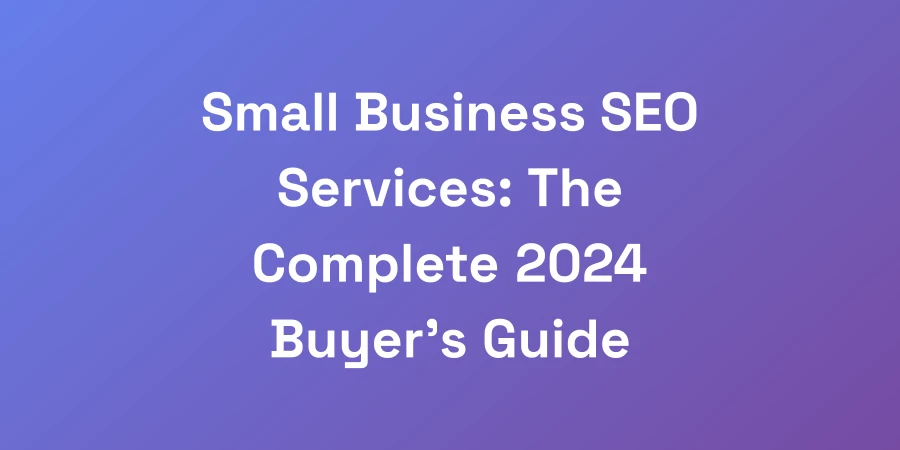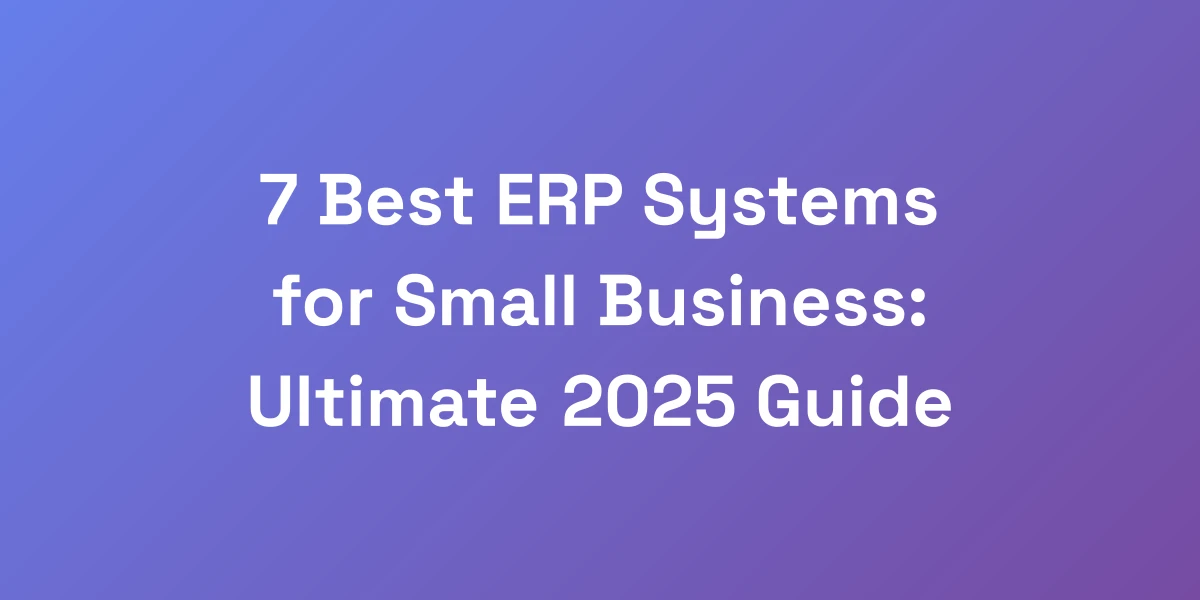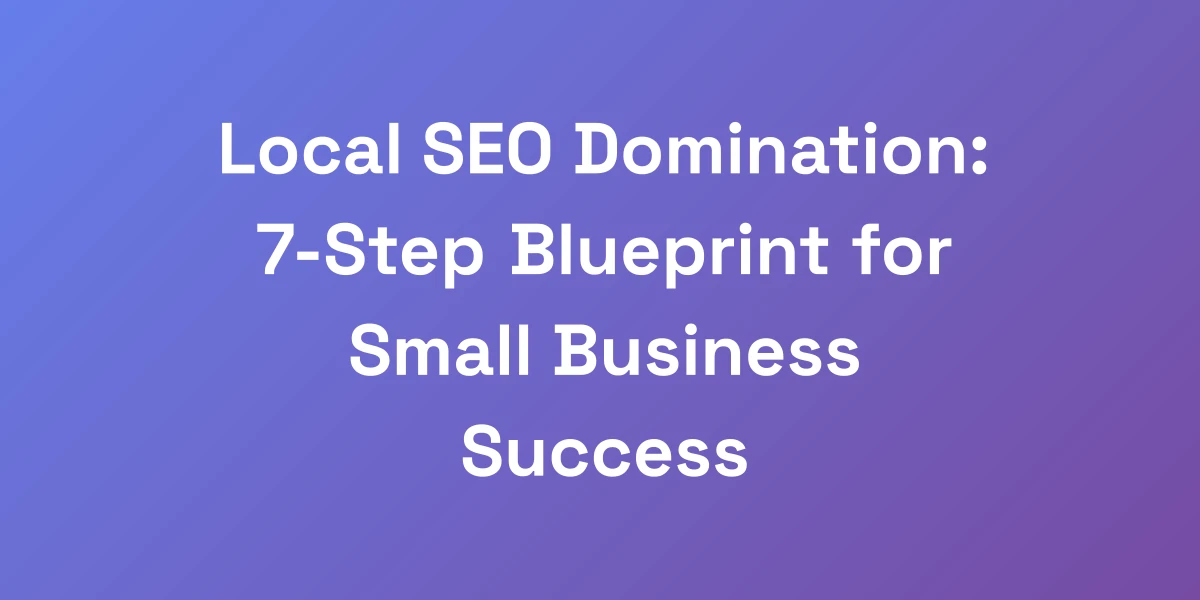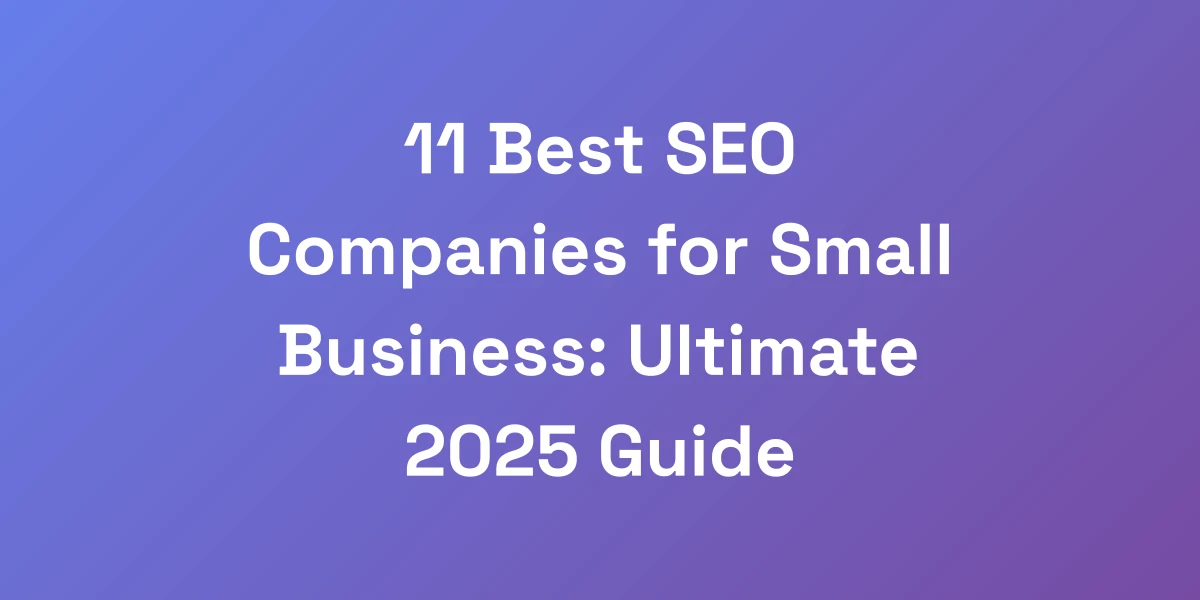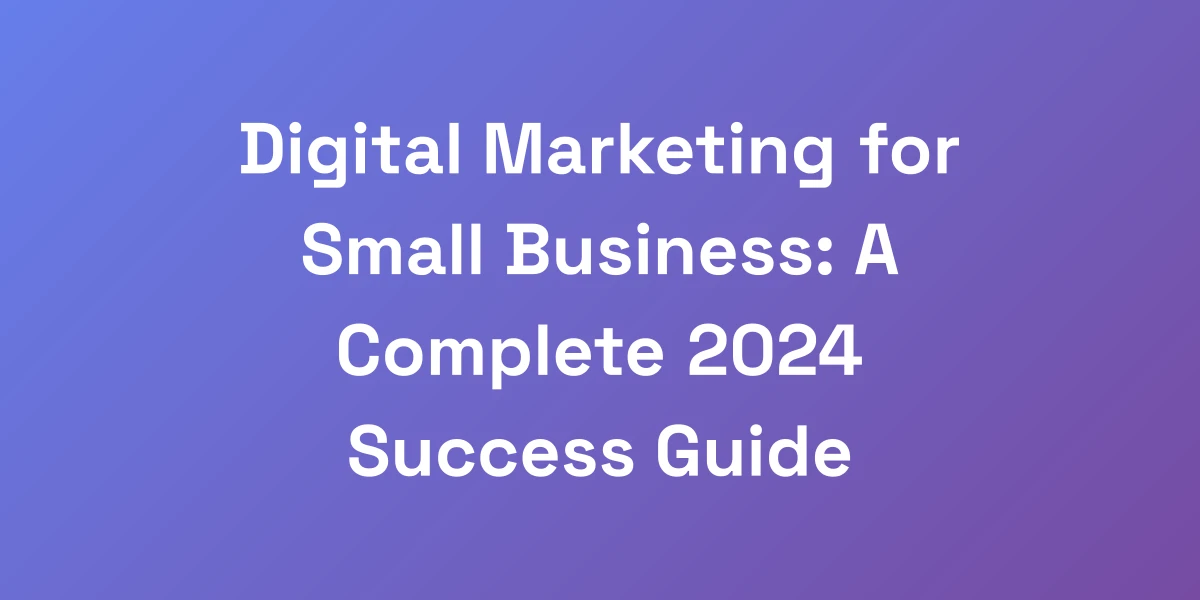
Digital Marketing for Small Business: A Complete 2024 Success Guide
Mar 1, 2025 | By [email protected]
Introduction
Running a small business in 2024? If you haven’t tapped into the power of digital marketing for small businesses, you’re probably missing out on a goldmine of opportunities.
Imagine reaching your ideal customers without the hefty price tag of traditional advertising. Sounds enticing, right?
However, navigating the digital landscape can be overwhelming. From choosing the right platforms to crafting compelling content, the challenges are real.
But fear not—we’re here to break it all down for you. By the end of this guide, you’ll have a clear roadmap to harnessing digital marketing effectively, driving growth, and outshining competitors.
Ready to transform your small business? Let’s get started.
Why Digital Marketing is Non-Negotiable for Modern Small Businesses
Let’s be honest—digital marketing isn’t just a trend; it’s a fundamental aspect of any successful small business strategy today.
Here’s why embracing digital marketing is essential for your business’s survival and growth.
The Shifting Consumer Behavior in the Digital Age
Consumers today are more connected than ever. They research products online, read reviews, and make purchasing decisions from the comfort of their homes.
According to recent data, Email marketing yields an impressive $36 to $40 for every $1 spent. Isn’t that a compelling reason to invest in crafting personalized email campaigns?
Moreover, as AI and SEO, 59% of small businesses incorporate AI into their marketing strategies, leveraging technology to understand and anticipate customer needs has never been more critical.
Have you considered how your customers’ online behaviors influence their purchasing decisions?
Cost-Effectiveness vs Traditional Marketing
Traditional marketing methods—think print ads, radio spots, and billboards—can quickly drain your budget without guaranteeing returns.
In contrast, digital marketing offers a more cost-effective approach. With an average digital marketing cost ranging from $51 to $10,000 per month, you can find a solution that fits your budget.
Furthermore, small businesses report that 40% experience significant cost savings with digital marketing compared to traditional methods.
Why spend thousands on a billboard when targeted online ads can reach thousands of potential customers at a fraction of the cost?
Leveling the Playing Field Against Bigger Competitors
Feeling overshadowed by larger competitors with bigger marketing budgets? Digital marketing can help you compete effectively.
Through strategies like SEO automation and content marketing, even the smallest business can build a strong online presence that rivals larger companies.
Case studies show that businesses like OVME saw a 1,000% increase in online bookings after optimizing their SEO strategy.
Isn’t it time you leveled the playing field and showcased what makes your business unique?
The Compounding Effect of Digital Presence
A robust digital presence doesn’t just deliver immediate results—it builds long-term value. Each digital interaction, be it a social media post or an email campaign, contributes to your brand’s reputation and credibility.
With 58% of small businesses focusing on digital marketing and planning to increase their budgets, maintaining a consistent online presence is more critical than ever.
Think of it as planting seeds that will grow into a loyal customer base over time.
How strong is your digital footprint?
Key Performance Metrics That Matter
Tracking the right metrics is crucial for understanding the effectiveness of your digital marketing efforts.
Key performance indicators (KPIs) such as email open rates (averaging 28.6%), click-to-open rates (CTOR), and conversion rates provide valuable insights into what’s working and what’s not.
For instance, personalized emails can boost open rates up to 37.04% in sectors like Retail & Ecommerce.
Are you measuring the metrics that truly impact your business growth?
Essential Digital Marketing Channels for Small Business Growth
Choosing the right digital marketing channels is vital. It’s all about where your audience spends their time and how they engage with content.
Here are the core platforms that can propel your small business forward:
Maximizing Google My Business for Local Impact
Your Google My Business profile is a powerful tool for enhancing local visibility. It ensures that when someone searches for your services, your business appears prominently in local search results.
By keeping your profile updated with accurate information, photos, and customer reviews, you can attract more local customers through local business directories.
Did you know that businesses with complete Google My Business profiles are twice as likely to earn customer trust?
- Update your business hours and contact information regularly.
- Encourage satisfied customers to leave positive reviews.
- Post updates and offers to keep your profile engaging.
Strategic Social Media Platform Selection
Not all social media platforms are created equal. Choosing the right ones depends on where your target audience hangs out.
For visual products, Instagram and TikTok are goldmines. B2B services thrive on LinkedIn, while Facebook remains versatile for various audiences.
With 73% of small businesses utilizing social media, selecting the right platform is key to maximizing your reach and engagement.
- Identify where your ideal customers spend their time.
- Focus your efforts on mastering those platforms.
- Create content tailored to each platform’s unique audience.
Email Marketing: Your Direct Line to Customers
Email marketing remains one of the most effective channels, delivering $36 to $40 for every $1 spent.
Building a robust email list allows you to communicate directly with your customers, nurture leads, and drive conversions.
Personalized and behavior-based emails can significantly boost engagement metrics, making your campaigns more effective.
- Segment your email list to send targeted messages.
- Use automation tools to streamline your campaigns.
- Analyze open and click-through rates to refine your strategy.
Content Marketing and SEO Fundamentals
Quality content is the backbone of effective digital marketing. It not only attracts and engages your audience but also improves your SEO rankings.
With SEO yielding approximately $22.24 in revenue for every $1 spent, optimizing your content for AI for SEO is a smart move.
Focus on creating valuable, relevant content that addresses your audience’s pain points and interests.
- Conduct keyword research to identify relevant terms.
- Create blog posts, videos, and infographics that provide value.
- Ensure your website is optimized for mobile and speed.
Paid Advertising on a Budget
Paid advertising doesn’t have to break the bank. Platforms like Google Ads and Facebook Ads offer flexible budgets, allowing you to scale as you grow.
With 84% of small businesses seeing good results from PPC advertising, it’s a highly effective way to drive targeted traffic and conversions.
Start with a small budget, test your ads, and optimize based on performance.
- Set clear goals for your ad campaigns.
- Use targeted keywords and demographics.
- Monitor and adjust your campaigns for maximum ROI.
Video Marketing for Enhanced Engagement
Videos are incredibly engaging and can significantly boost your online presence. Platforms like YouTube, TikTok, and Instagram Reels are perfect for showcasing your products and services.
According to HubSpot, 53% of marketers prioritize short-form videos due to their high shareability and quick consumption rates.
Incorporate videos into your strategy to capture and retain your audience’s attention effectively.
- Create how-to videos and tutorials related to your products.
- Share customer testimonials and success stories.
- Use live videos to interact with your audience in real-time.
Creating a Cost-Effective Digital Marketing Strategy
Think digital marketing requires a massive budget? Think again. It’s all about being strategic with your resources and focusing on high-impact activities.
Let’s explore how you can create a lean yet powerful digital marketing strategy that delivers real results.
Setting Realistic Marketing Goals and Budgets
Start by defining clear, achievable goals. Whether it’s increasing website traffic, generating leads, or boosting sales, having specific objectives will guide your strategy.
Next, allocate a budget that aligns with your goals. Remember, digital marketing offers flexibility, allowing you to start small and scale as you see results.
- Identify your primary objectives.
- Assign budget allocations to different channels based on potential ROI.
- Review and adjust your budget regularly based on performance.
Free and Low-Cost Marketing Tools
You don’t need to invest heavily to kickstart your digital marketing efforts. There are numerous free and affordable tools that can help you manage and optimize your campaigns.
- Canva: Create stunning graphics without a design degree.
- Mailchimp: Manage and automate your email marketing campaigns.
- Hootsuite: Schedule and manage your social media posts efficiently.
- Google Analytics: Track and analyze your website traffic.
Leveraging these tools can save you time and money while ensuring your marketing efforts are effective.
Content Creation on a Shoestring Budget
Creating high-quality content doesn’t have to be expensive. Focus on what matters most—providing value to your audience.
Use your expertise to create blog posts, videos, and social media content that addresses your audience’s needs and interests.
- Repurpose existing content to save time and resources.
- Encourage user-generated content to build community engagement.
- Invest time in learning basic design and video editing skills.
With creativity and resourcefulness, you can produce compelling content that resonates with your audience.
Automation Tools for Efficiency
Automation can significantly enhance your marketing efficiency, especially if you’re a solo marketer.
Tools like Mailchimp for email automation, Hootsuite for social media scheduling, and Zapier for workflow automation can save you hours each week. Additionally, integrating automated SEO tools can further streamline your marketing processes.
- Automate repetitive tasks to focus on strategy and creativity.
- Use CRM tools to manage customer relationships and track interactions.
- Integrate your tools for a seamless marketing workflow.
Embracing automation allows you to scale your efforts without increasing your workload.
ROI Tracking and Optimization
Tracking your return on investment (ROI) is essential for understanding which strategies are working and where adjustments are needed.
Use tools like Google Analytics and built-in analytics from your marketing platforms to monitor key metrics.
- Set up conversion tracking to measure the effectiveness of your campaigns.
- Analyze data to identify trends and opportunities for improvement.
- Optimize your strategies based on performance insights.
Continuous evaluation and optimization are key to maintaining and improving your marketing effectiveness.
Time Management for Solo Marketers
Managing marketing tasks alongside running a business can be challenging. Effective time management is crucial.
Prioritize tasks that offer the highest ROI and set aside dedicated time for strategic planning and execution.
- Create a daily schedule to manage your marketing activities.
- Use productivity tools like Trello or Asana to keep track of tasks and deadlines.
- Delegate or outsource tasks when possible to free up your time for high-impact activities.
By managing your time effectively, you can ensure that your marketing efforts are both efficient and effective.
Implementation and Execution Framework
Having a strategy is one thing; executing it consistently is another. A systematic approach can make all the difference between success and failure.
Here’s a framework to help you implement and execute your digital marketing strategy effectively.
30-60-90 Day Marketing Plan
A structured plan keeps you on track and ensures steady progress. Break down your marketing activities into 30, 60, and 90-day milestones.
- First 30 Days: Set up your digital marketing foundation. Optimize your website, create social media profiles, and begin your content marketing efforts.
- Next 60 Days: Launch your email marketing campaigns, start paid advertising, and engage with your online community.
- Final 90 Days: Analyze your performance metrics, refine your strategies, and scale successful campaigns.
Having a timeline helps you stay organized and track your progress effectively.
Daily, Weekly, and Monthly Tasks
Establish a routine by categorizing tasks based on frequency.
- Daily: Respond to customer inquiries, monitor social media engagement, and update website content as needed.
- Weekly: Review analytics, plan content for the upcoming week, and adjust advertising budgets.
- Monthly: Conduct a comprehensive performance review, update your marketing strategy, and set goals for the next month.
Consistently performing these tasks ensures that your marketing efforts remain effective and aligned with your goals.
Content Calendar Creation
A content calendar is your roadmap for creating and publishing content. It helps you stay organized and ensures a consistent flow of content.
- Plan your content topics and formats in advance.
- Schedule posts to maintain regular engagement with your audience.
- Align your content with your marketing goals and seasonal trends.
With a content calendar, you can streamline your content creation process and ensure that your messaging remains coherent and strategic.
Engagement and Community Building
Building a community around your brand fosters loyalty and encourages word-of-mouth referrals.
- Engage with your audience by responding to comments and messages promptly.
- Host live sessions or webinars to interact with your customers in real-time.
- Create forums or groups where your customers can connect and share experiences.
Active engagement helps build trust and a sense of belonging among your customers.
Crisis Management and Reputation Control
In the digital age, managing your online reputation is crucial. Negative reviews or feedback can significantly impact your business.
- Monitor your online mentions and address negative feedback promptly and professionally.
- Have a crisis management plan in place to handle potential PR issues.
- Encourage satisfied customers to leave positive reviews to offset any negative feedback.
Proactively managing your reputation helps maintain your brand’s integrity and customer trust.
Scaling Success: When and How to Expand
Once you’ve established a solid digital marketing foundation and see consistent results, it’s time to scale.
- Identify which channels and strategies are delivering the best ROI.
- Increase your investment in high-performing areas while phasing out less effective ones.
- Explore new marketing channels and techniques to diversify your efforts.
Scaling thoughtfully ensures that your growth is sustainable and aligned with your business objectives.
Conclusion
Digital marketing for small businesses in 2024 is a dynamic and powerful tool that can drive substantial growth and success.
By understanding the shifting consumer behaviors, leveraging cost-effective strategies, and utilizing essential digital marketing channels, you can position your business for long-term success.
Remember, the key lies in creating a strategic, cost-effective plan, executing it consistently, and continuously optimizing based on performance metrics.
Whether you’re just starting or looking to scale your existing efforts, this guide provides a comprehensive roadmap to navigate the digital marketing landscape with confidence.
Ready to take your small business to the next level? Start implementing these strategies today and watch your business thrive in the digital age.
What’s your next digital marketing move? Share your thoughts and experiences in the comments below—we’d love to hear from you!
